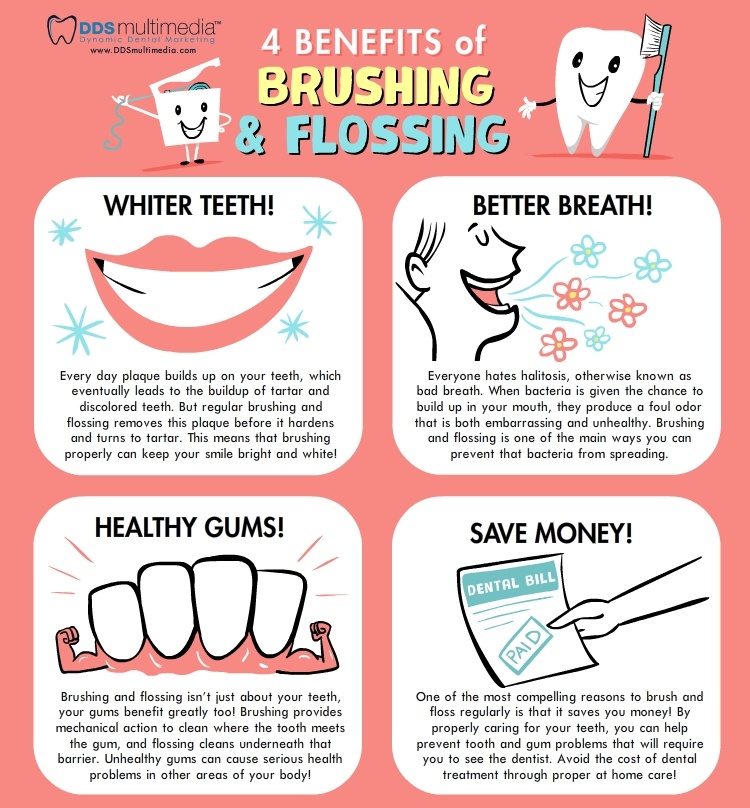The Next Age Of Dental Surgery: Breakthrough Innovations And Developments Reshaping The Specialized
The Next Age Of Dental Surgery: Breakthrough Innovations And Developments Reshaping The Specialized
Blog Article
https://elliotcegij.livebloggs.com/39347689/the-relevance-of-early-intervention-in-gum-tissue-economic-downturn-treatment By-Petersson Browne
Welcome to the globe of oral surgery, where developments and advancements are forming the future of the field! In this interesting realm, you'll witness the transformative power of robotics, the cutting-edge wonder of 3D printing, and the game-changing impact of minimally invasive techniques.
The future of oral surgery holds an assurance of precision, performance, and boosted client results. With the help of innovative robotics, doctors have the ability to carry out intricate procedures with greater accuracy and control.
3D printing technology is transforming the production of dental implants and prosthetics, providing tailored remedies that fit perfectly right into each patient's one-of-a-kind makeup.
Furthermore, minimally intrusive strategies are minimizing post-operative discomfort and healing time, allowing patients to go back to their lives quicker.
Get ready to explore the amazing developments and developments that are improving the landscape of oral surgery!
Advancements in Robotics
One significant development in oral surgery is using robot technology, which enables precise and reliable operations. With the help of robotic systems, oral specialists have the ability to do complex surgeries with boosted precision, minimizing the danger of human error.
These robot systems are outfitted with sophisticated imaging innovation and specific tools that make it possible for surgeons to navigate with elaborate anatomical frameworks easily. By making use of robot innovation, surgeons can attain greater medical accuracy, causing improved patient end results and faster recuperation times.
Furthermore, the use of robotics in dental surgery enables minimally intrusive treatments, lowering the injury to bordering tissues and advertising faster recovery.
3D Printing in Dental Surgery
To enhance the field of dental surgery, you can explore the subtopic of 3D printing in dental surgery. This ingenious innovation has the prospective to revolutionize the way dental specialists operate and deal with individuals. Here are four essential methods which 3D printing is shaping the area:
- ** Personalized Surgical Guides **: 3D printing enables the creation of extremely exact and patient-specific medical guides, boosting the accuracy and efficiency of procedures.
- ** Implant Prosthetics **: With 3D printing, dental doctors can create tailored implant prosthetics that completely fit a person's distinct anatomy, resulting in much better outcomes and client complete satisfaction.
- ** Bone Grafting **: 3D printing enables just click the next web page manufacturing of patient-specific bone grafts, lowering the need for conventional implanting strategies and enhancing recovery and healing time.
- ** Education and Training **: 3D printing can be made use of to produce realistic medical models for instructional functions, enabling dental specialists to practice intricate treatments prior to executing them on people.
With its prospective to improve accuracy, modification, and training, 3D printing is an exciting development in the field of oral surgery.
Minimally Invasive Strategies
To even more advance the area of oral surgery, accept the potential of minimally intrusive strategies that can significantly profit both doctors and people alike.
Minimally invasive techniques are transforming the field by lowering medical injury, decreasing post-operative pain, and speeding up the healing procedure. These strategies include utilizing smaller sized incisions and specialized instruments to execute treatments with precision and performance.
By utilizing sophisticated imaging innovation, such as cone beam computed tomography (CBCT), cosmetic surgeons can precisely intend and carry out surgeries with very little invasiveness.
Additionally, using lasers in dental surgery allows for accurate tissue cutting and coagulation, leading to decreased blood loss and reduced healing time.
With minimally invasive strategies, people can experience quicker healing, reduced scarring, and enhanced end results, making it a crucial facet of the future of dental surgery.
Verdict
So, as you can see, the future of dental surgery is exceptionally promising, with amazing innovations and advances shaping the area.
From go here in robotics to the use of 3D printing and minimally intrusive methods, dental doctors are transforming the method they supply care.
While some might bother with the prospective expense associated with these improvements, it is very important to keep in mind that these modern technologies ultimately boost individual outcomes and minimize recovery time, making them well worth the investment over time.
